30 Facts That Will Overwhelm You with 1980s Nostalgia
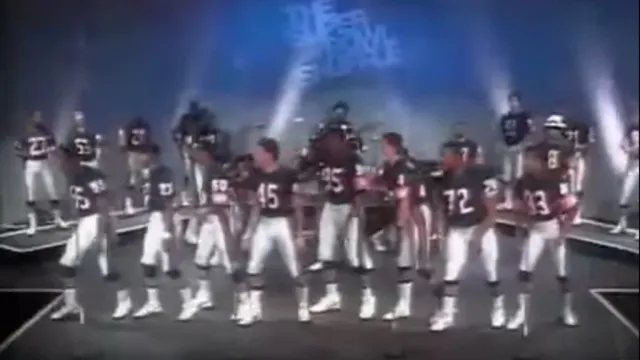
Do you long for the days when MTV still played music videos? Do you fondly remember your Cabbage Patch doll as the best birthday present you ever got? If any of this sounds familiar, chances are you still hold a candle for the 1980s—and you’re not alone.
A booming era for everything from technology to toys, the 1980s are still heralded by those who grew up in this seminal decade as one of the trendsetting times in recent memory. If you’re eager to take a trip down memory lane, check out these 30 facts that are sure to fill you with a fond sense of nostalgia.
1
A billion people tuned in to see Prince Charles and Lady Diana get married.
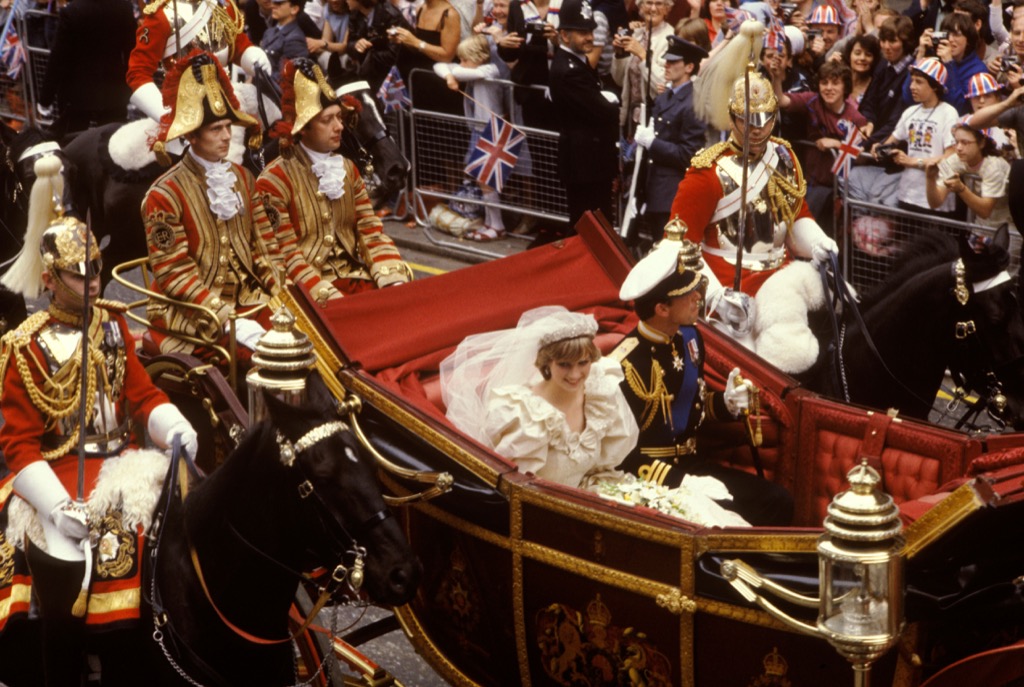
While royal and celebrity weddings are still a big ratings hit to this day, they pale in comparison to Diana and Charles‘ wedding in 1981. In fact, over a billion people around the globe tuned in for the July 29th wedding. To give some context to that figure, just 10.5 million viewers watched Kim Kardashian’s 2011 wedding to Kris Humphries.
2
The first commercial U.S. cell phone weighed two pounds.
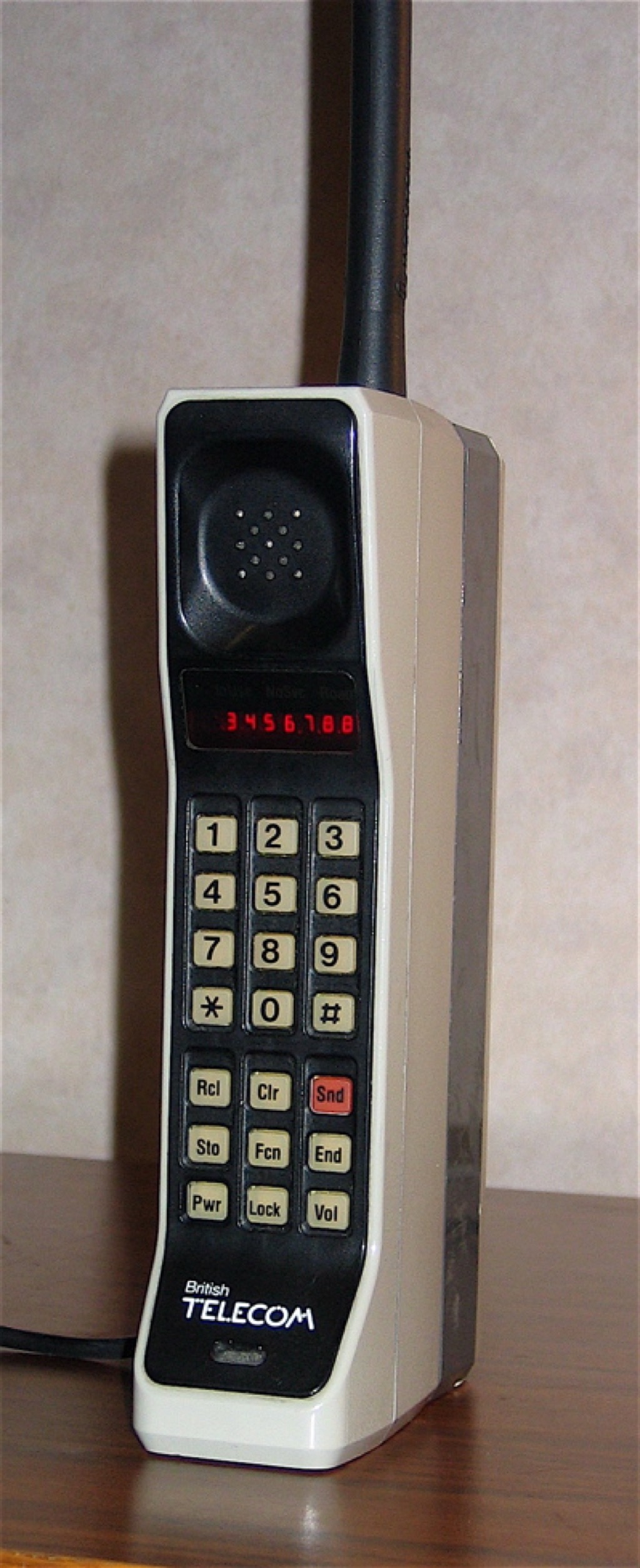
Though the first analogue cellular phone system was introduced in Japan in the late 1970s, it wasn’t until 1983 that Americans could get their hands on one of these devices. The Motorola DynaTac 8000X had a waiting list thousands of people long, despite its high price point and low functionality. The phone could only store 30 numbers, charging it took 10 hours, it only offered 30 minutes of talk time, it weighed two pounds, and came with an exorbitant price tag: $3,995—or $9,410 in today’s dollars.
3
Customs agents seized 20,000 counterfeit Cabbage Patch dolls in 1984.
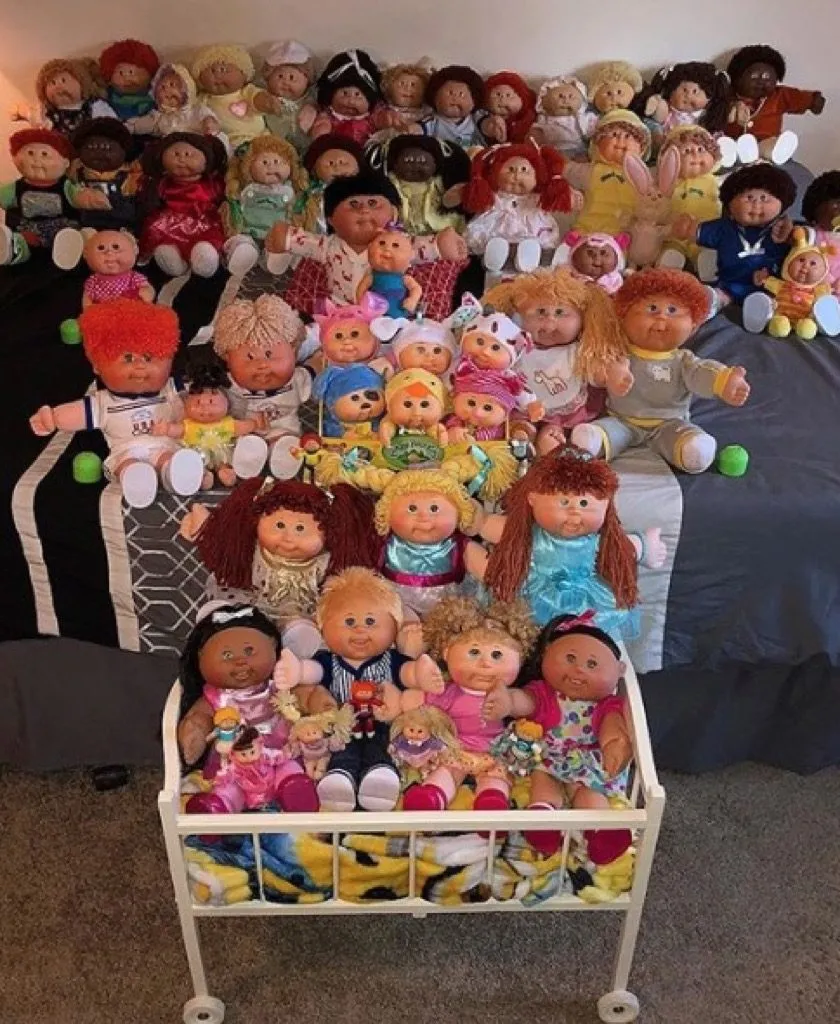
The Cabbage Patch doll craze hit fever pitch in the 1980s, to the point that parents were getting into knock-down, drag-out fights with each other at malls across the country to get their hands on one of these chubby-cheeked toys. In fact, the trend was so huge, 20,000 fake Cabbage Patch dolls—many containing volatile compounds that generally don’t make their way into doll stuffing—were seized by Customs agents before Christmas in 1984.
4
You didn’t have to buckle up until 1984.
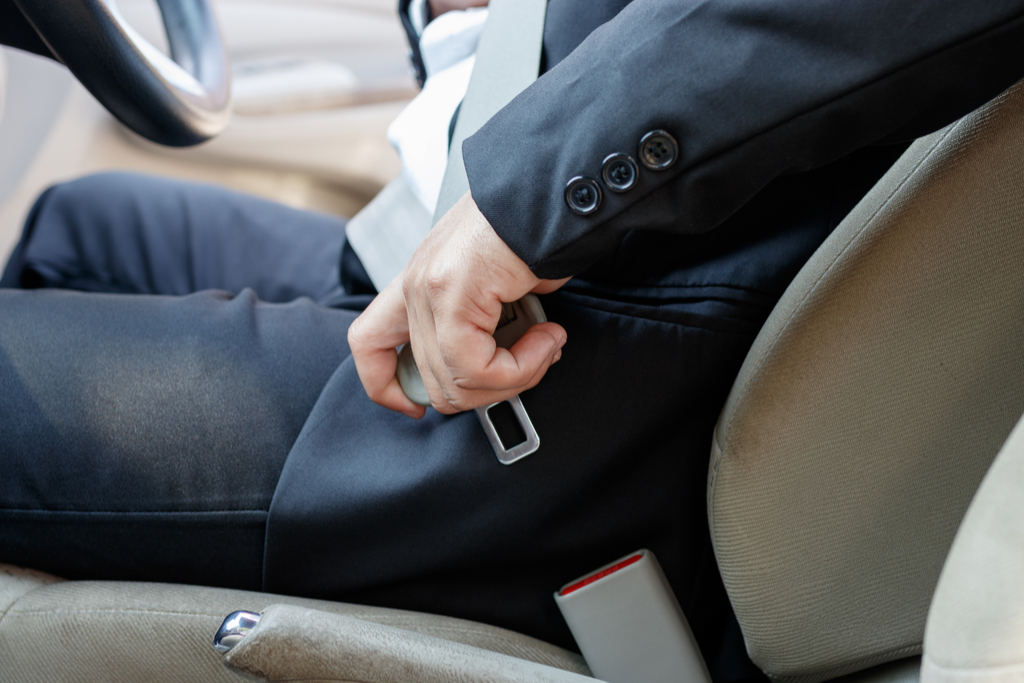
As crazy as it may sound, you weren’t legally required to use your seatbelt in a car until 1984. While seatbelts had to be included in personal vehicles in the United States by 1968, actually using them was optional until 1984.
5
Candy bars only cost 25 cents.

While kids today may be used to shelling out a dollar or more for their favorite sweets, children of the ’80s had a good thing going, only having to spend a quarter for the average Hershey’s bar, according to the New York Times. In fact, even adjusted for inflation, that only comes out to about 75 cents in today’s dollars.
6
Olivia Newton-John’s “Physical” was the decade’s most popular song.
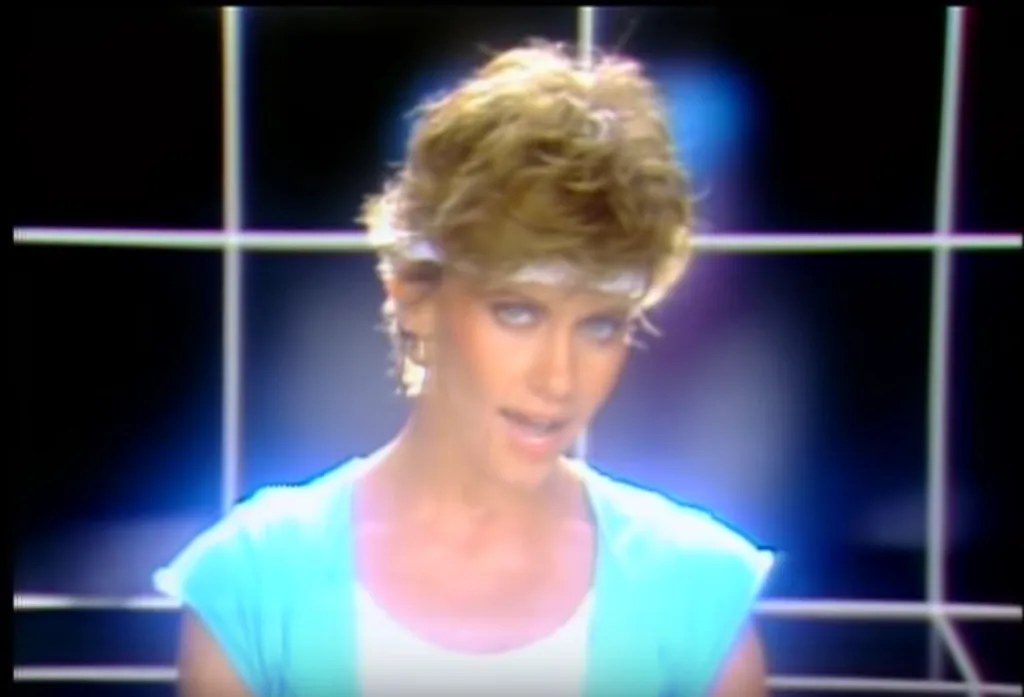
You could hardly turn on a radio, go to a mall, or tune into MTV without hearing or seeing Olivia Newton-John’s hit song, “Physical.” In fact, the 1981 tune was the year’s most popular song, spending 10 weeks atop the Billboard Hot 100, beating out Kim Carnes‘ “Bette Davis Eyes,” and the Diana Ross/Lionel Richie megahit “Endless Love,” both of which stayed atop the chart for just nine weeks apiece.
7
And Michael Jackson was the decade’s most popular artist.
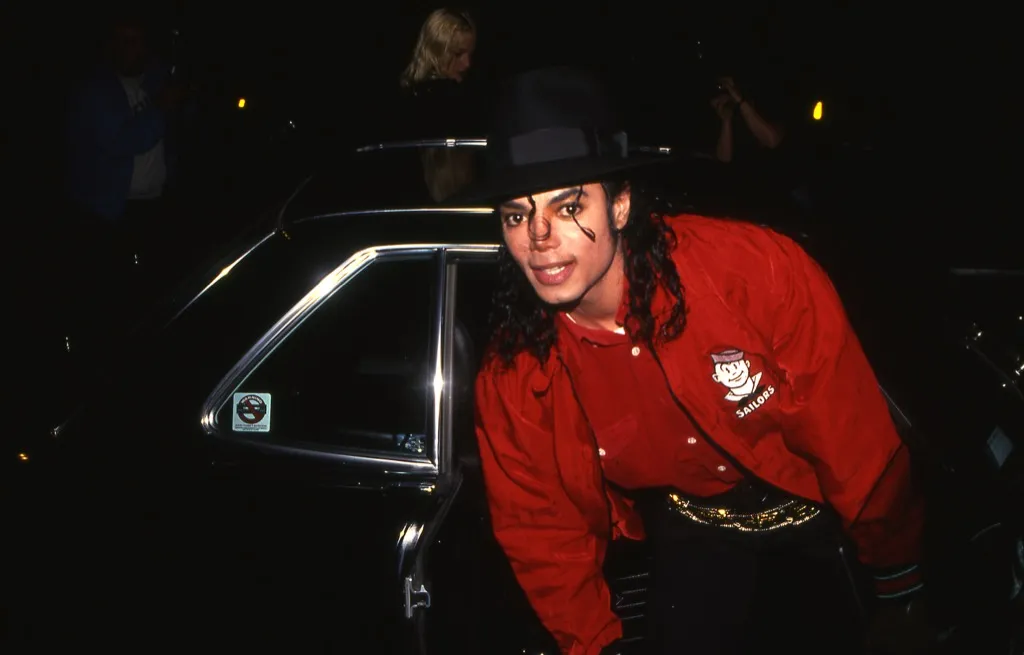
While Newton-John may have had the 1980s’ most popular song, her popularity was still trumped by Michael Jackson, the most popular artist of the entire decade. Throughout the 1980s, the King of Pop maintained his spot atop the Billboard charts for a staggering 27 weeks, beating his next-closest competitor, Lionel Richie, by a full six weeks.
8
The original Gameboy had only five games available in the United States.
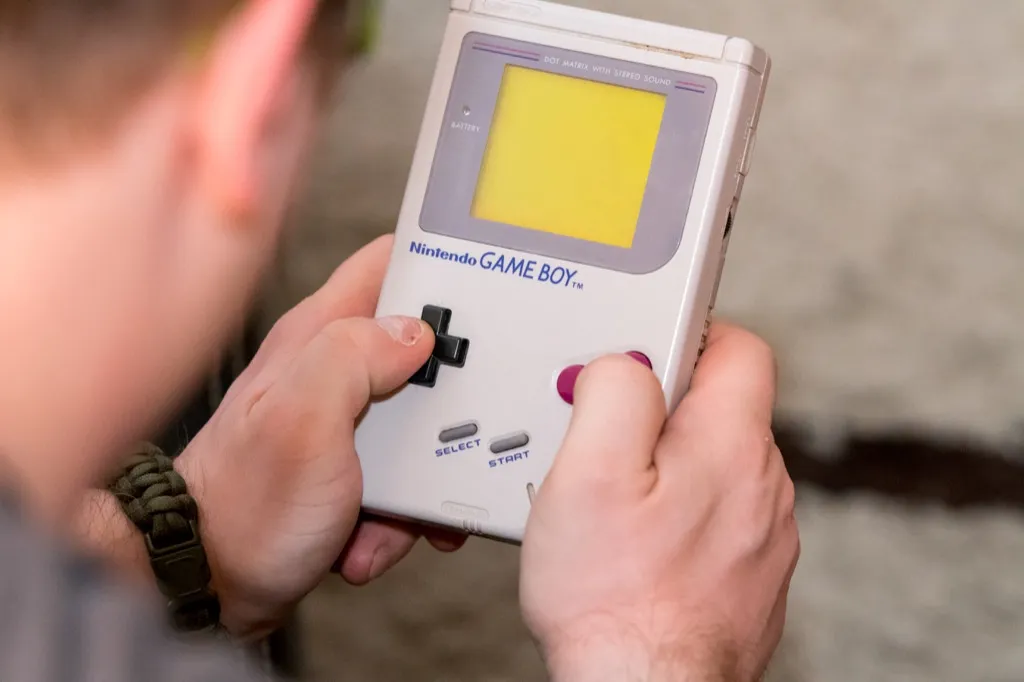
Nintendo first rolled out the Game Boy to a Japanese market on April 21, 1989, bringing it stateside just a few months later in July of the same year. However, the playing options were pretty limited: users in the United States could only choose from Super Mario Land, Alleyway, Baseball, Tetris, and Tennis. Japanese audiences also got a game called Yakuman, but neither Tennis or Tetris.
9
Top Gun won an Academy Award.
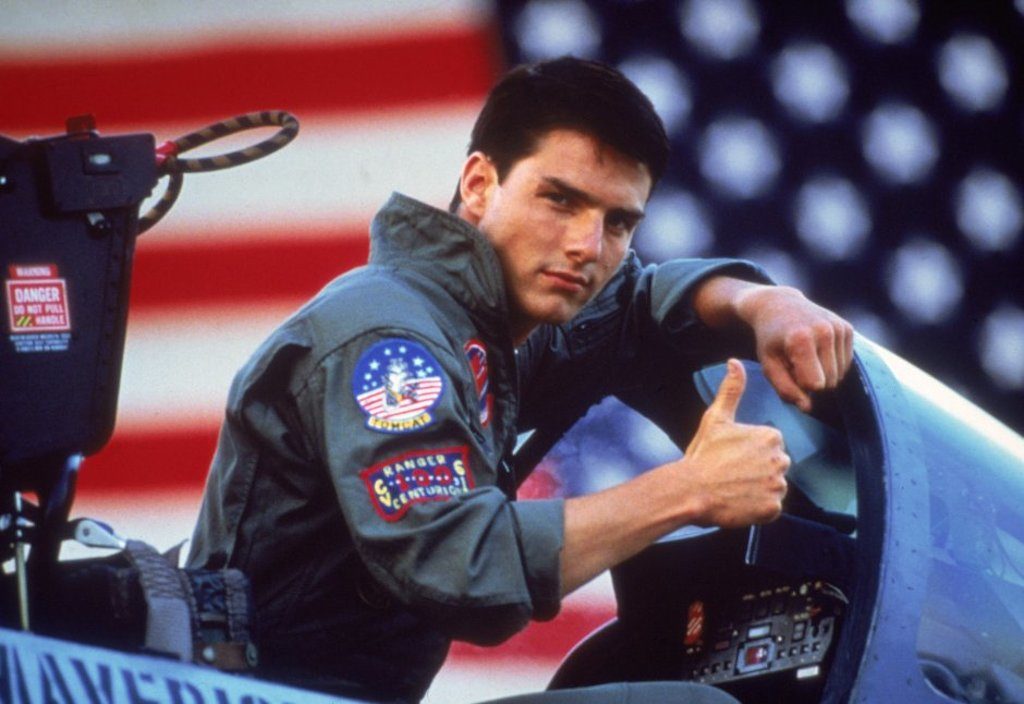
Whether you just love windmill high fives or just think Goose is an amazing nickname, there are plenty of good reasons to feel a warm and fuzzy sense of nostalgia about the cinematic masterpiece that is Top Gun. In addition to earning $176,786,701 in theaters—beating Indiana Jones and the Last Crusade, Raiders of the Lost Ark, Back to the Future, Ghostbusters, and The Empire Strikes Back—the movie also won an Academy Award for its theme song, Berlin’s “Take My Breath Away.”
10
The personal computer was the “Machine of the Year.”
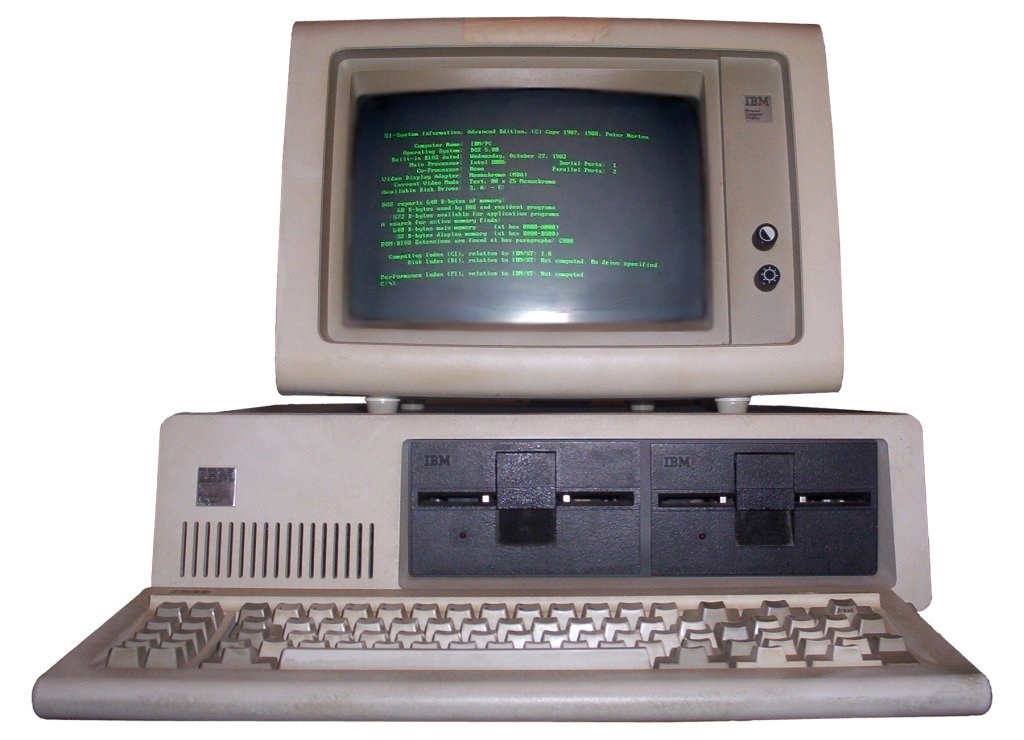
Before the 1980s, with the exception of a few models, computers were largely machines that took up entire rooms and were predominantly used by astronauts, scientists, and government officials. However, by the 1980s, the personal computer was gaining traction in homes around the world, with companies like IBM launching their own mass-market PCs. In fact, in 1982, Time magazine awarded the personal computer its “Machine of the Year” honor—two years before the Apple Macintosh hit shelves.
11
The face-melting scene in Raiders of the Lost Ark was made possible by dental materials.

That horrifying melting skull from Raiders of the Lost Ark? As surprising as it may seem, it was largely made from a number of products you’ve probably had in your mouth at one time or another. The skull was crafted from alginate, commonly used to create bite molds in a dentist’s office. The remaining elements were gelatin, yarn, and, in the shot in which the head finally explodes, the nauseating finale came courtesy of some meat stuffed inside the skull to make the eruption particularly disgusting.
12
MTV first hit the air in 1981.
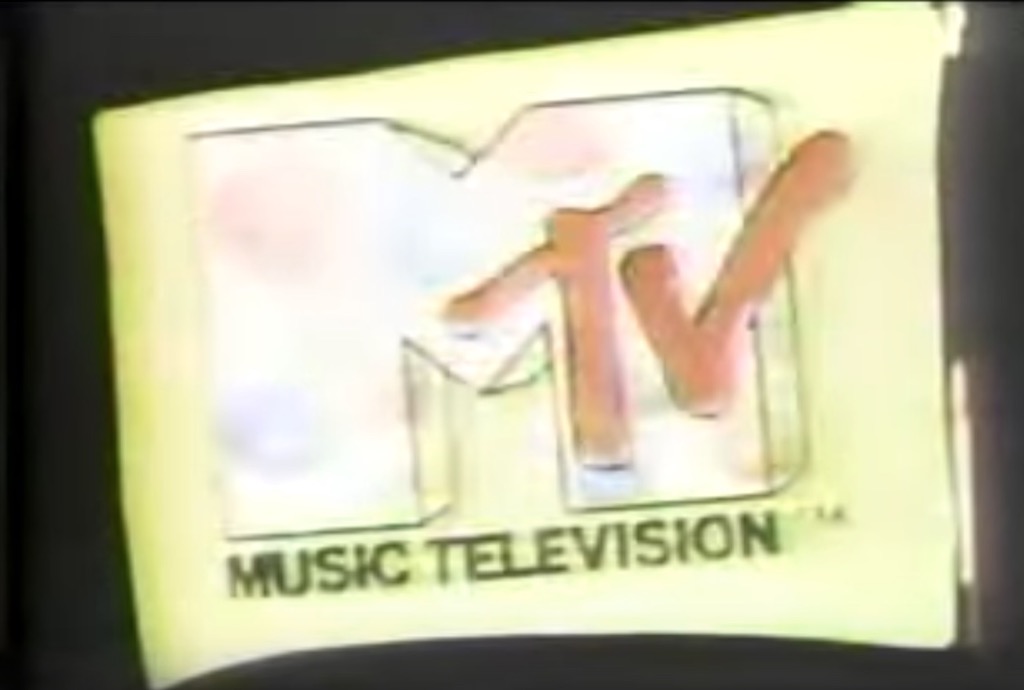
While MTV has been a part of our lives for decades at this point, many ’80s kids will remember tuning into its first broadcast on August 1, 1981. And while the channel’s programming may be more teen-pregnancy-oriented than focused on music these days, at one point, MTV lived up to its name, kicking off its first day on air with a broadcast of The Buggles’ “Video Killed the Radio Star.”
13
The average home price in 1985 was under $100K.

Though home ownership has become prohibitively expensive for many Americans, back in the 1980s, getting your hands on a piece of property was a relatively inexpensive proposition. According to Census data, the average cost of a new home in 1985 was just $92,800, or $229,990.61 when adjusted for inflation. In contrast, the average house bought in the U.S. in 2017 cost $398,900.
14
The first Chrysler minivan hit the road in 1984.
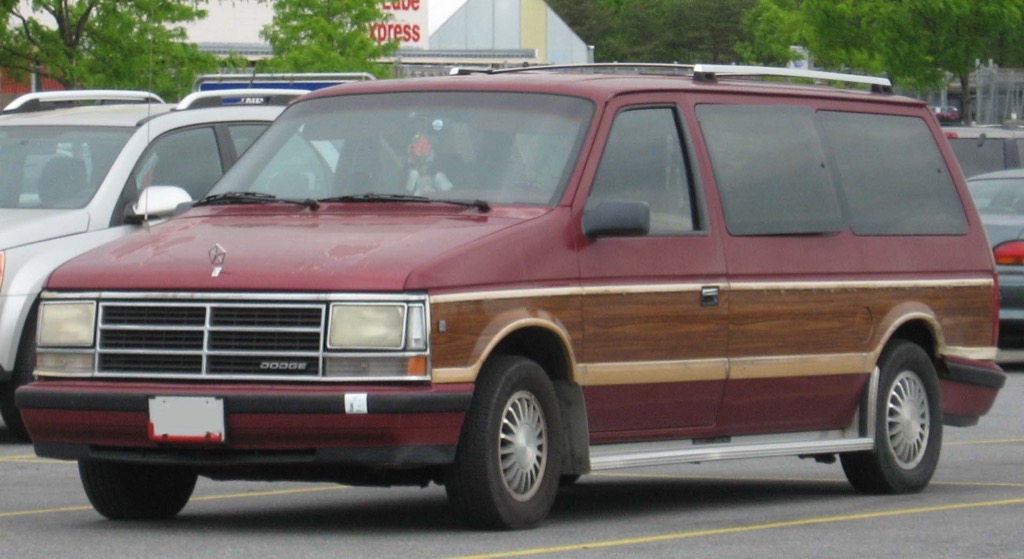
While Chrysler minivans, from the Pacifica to the Town & Country, are still go-to rides for multi-kid families today, kids of the 1980s saw their very first iterations. In 1984, the company launched its first minivan, the Dodge Caravan, a boxy, often wood-paneled behemoth offering configurations that could seat either five or seven passengers.
15
Nobody had seen 24-hour news until 1981.
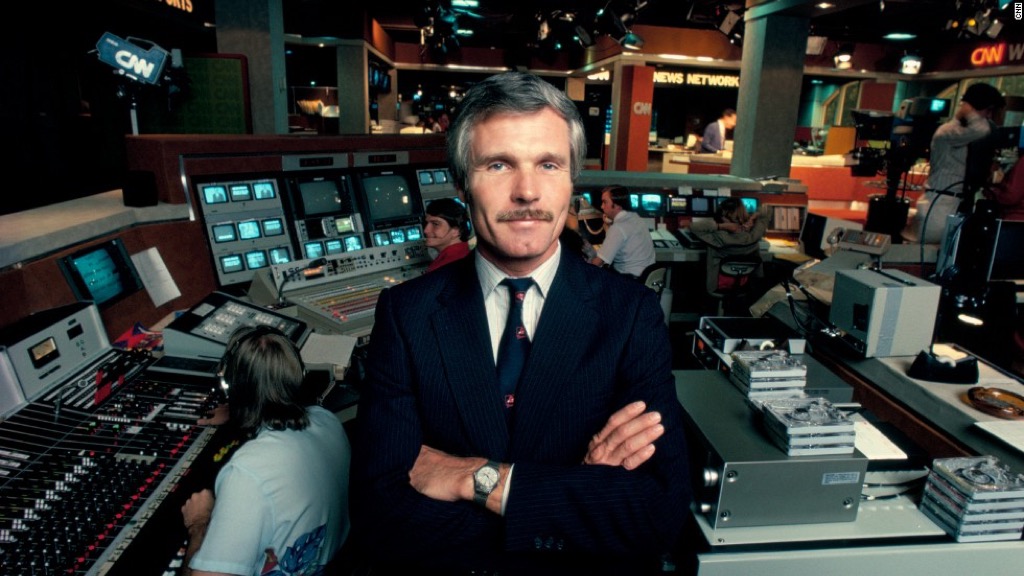
It may seem like we’re constantly inundated by news today, but that wasn’t always the case. In fact, it wasn’t until June 1st, 1981, that media mogul Ted Turner launched the first-ever 24-hour news network. Dubbed Cable News Network (later shortened to CNN), the cable channel was also the country’s first channel to show exclusively news programming.
16
You couldn’t play a CD at home until 1982.
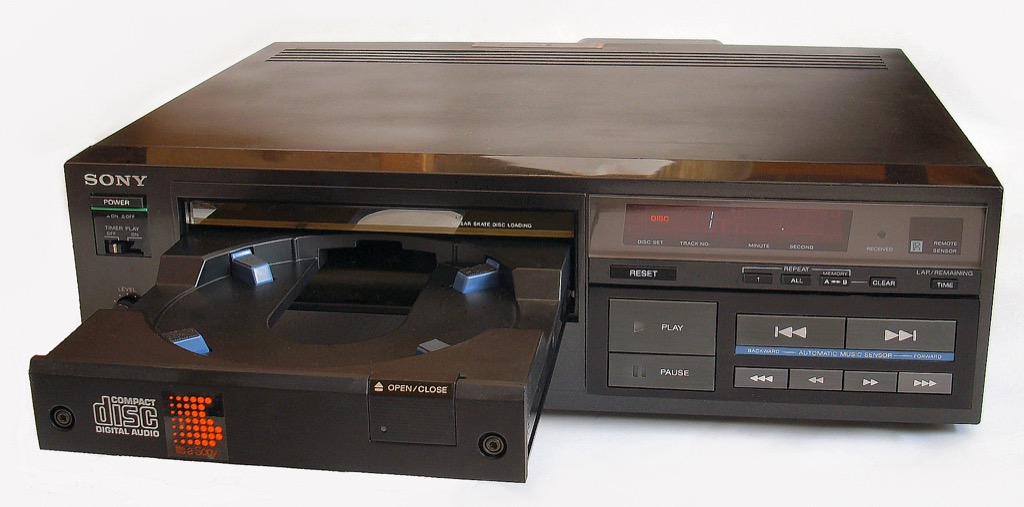
While CD technology had existed for some years already, consumers eager to listen to music at home couldn’t use them until 1982. It was then that the original consumer CD player—the Sony CDP-101—hit the market.
17
Those without cable TV only got three channels.
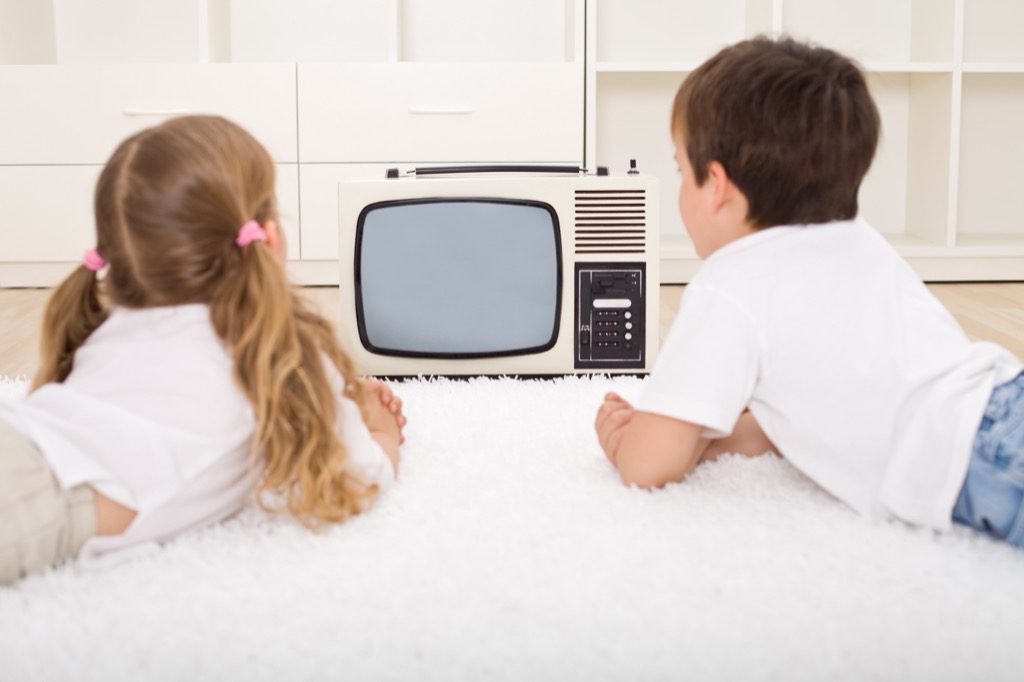
Though the cable television audience was rapidly expanding throughout the 1980s, those without the paid service had precious little to watch. In fact, in many markets, people who didn’t subscribe to cable just got the so-called “big three” channels: ABC, CBS, and NBC.
18
The first widely-used disposable camera hit the market in 1986.
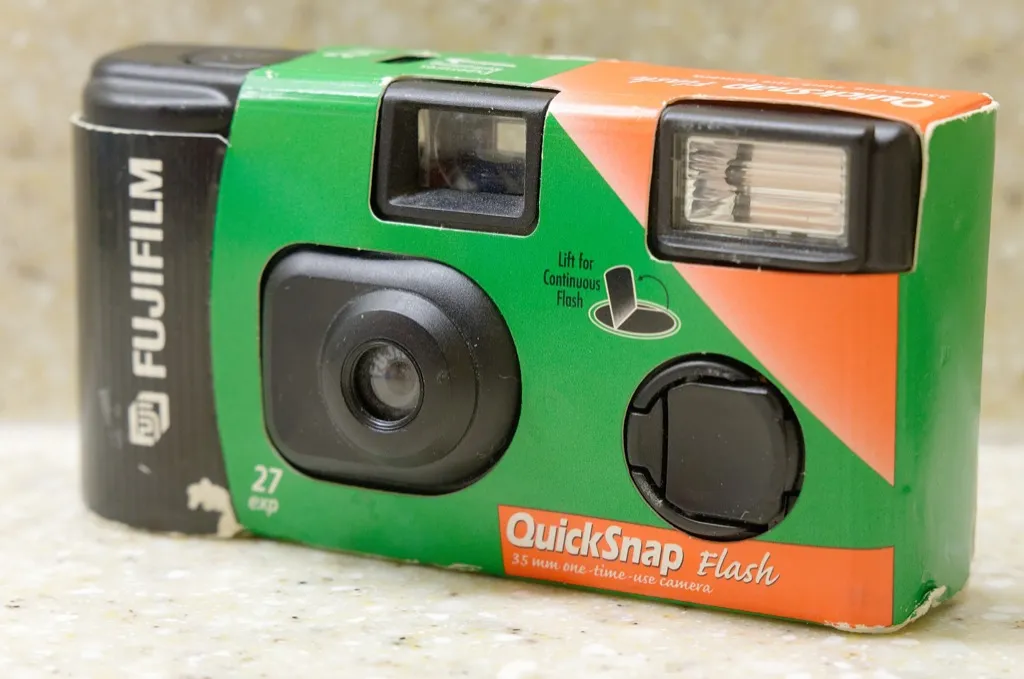
Though the instant camera had been around for some time by the time the ‘80s rolled around, the invention of the disposable camera as we think of it today didn’t come until 1986. That year, Fujifilm distributed its first mass market disposable camera, with companies like Kodak, Canon, and Konica following suit later in the decade.
19
83 million people tuned in to find out who shot J.R. Ewing.
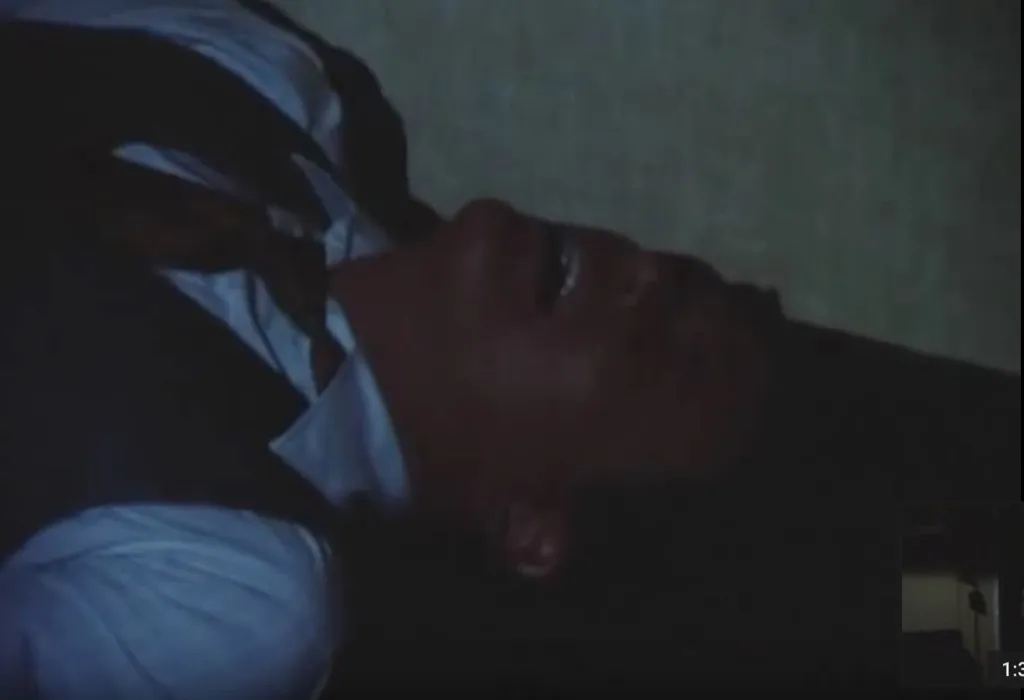
The finale of Dallas‘ third season on March 21, 1980, in which series lead J.R. Ewing (Larry Hagman) was struck by a bullet, became one of the most iconic TV moments of all time. In fact, the show’s cliffhanger built up so much suspense that the show’s return to air for season four was the decade’s second-most-watched broadcast, with 83 million viewers, and cemented the show as the most-watched program from 1980 to 1982 and again from 1983 to 1984.
20
A song by a group of football players hit the Billboard Hot 100.
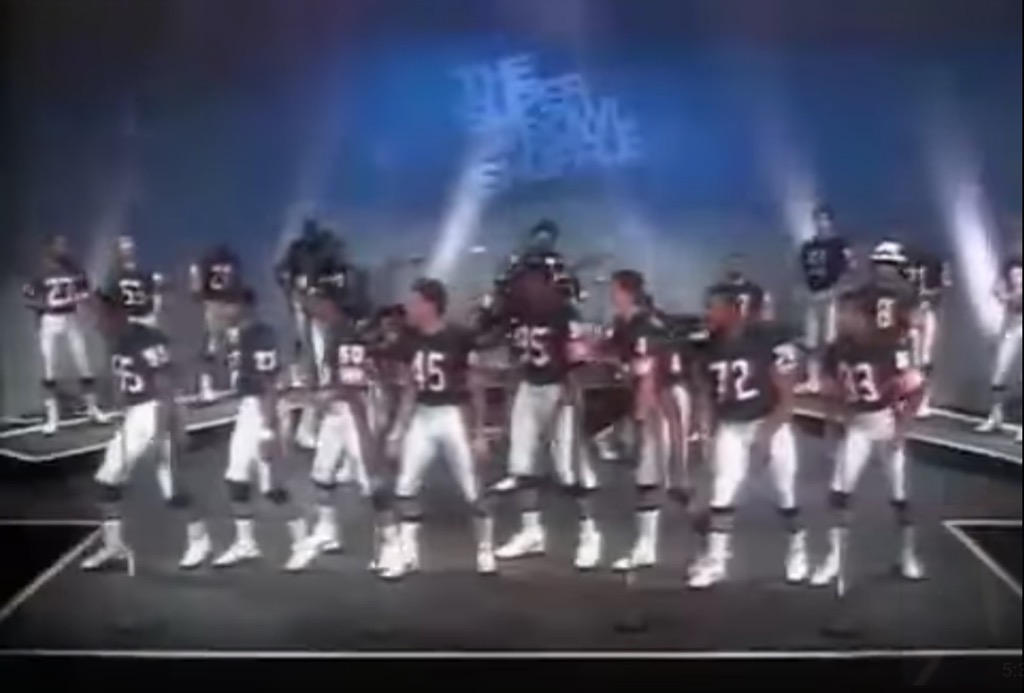
While we’ve seen plenty of sports stars, from Carl Lewis to Shaq, fail hard when it comes to launching music careers, the ‘80s proved that athletes could become successful crossover artists. Case in point: the “Super Bowl Shuffle,” a novelty song performed by the Chicago Bears in 1985, actually managed to climb the charts, ultimately hitting number 41 on the Billboard Hot 100.
21
It used to cost under a quarter to send a letter.
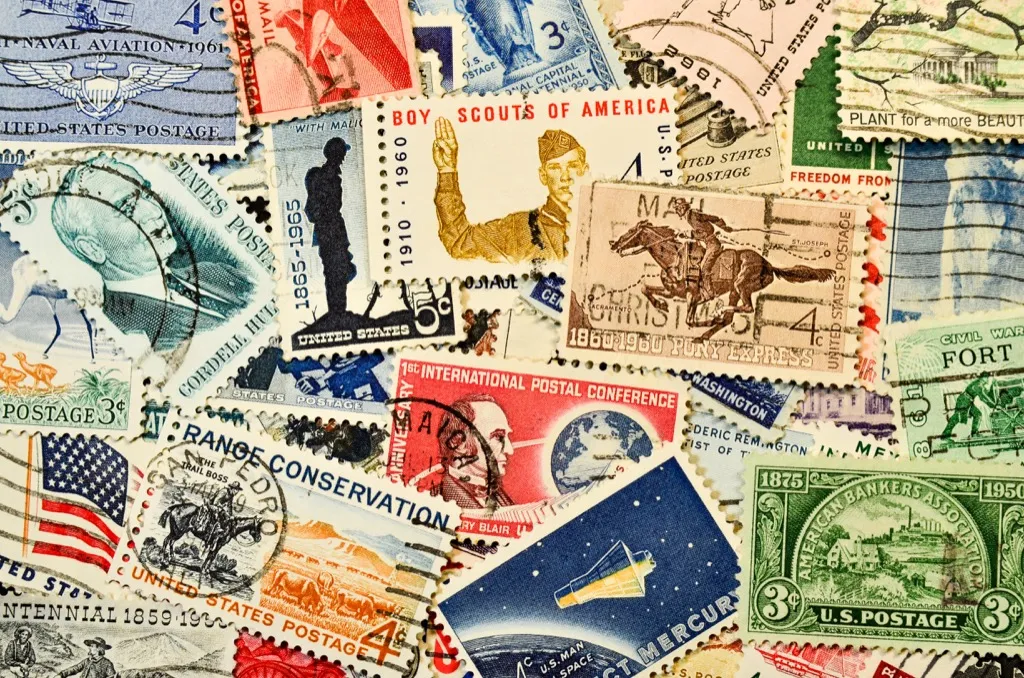
Though a stamp today will cost you 49 cents—a pretty fair price, regardless of your budget—back in 1980, it cost just 15 cents to send a letter across the country. In fact, it wasn’t until 1988 that the price of a stamp reached a quarter.
22
McDonald’s started a pizza war.
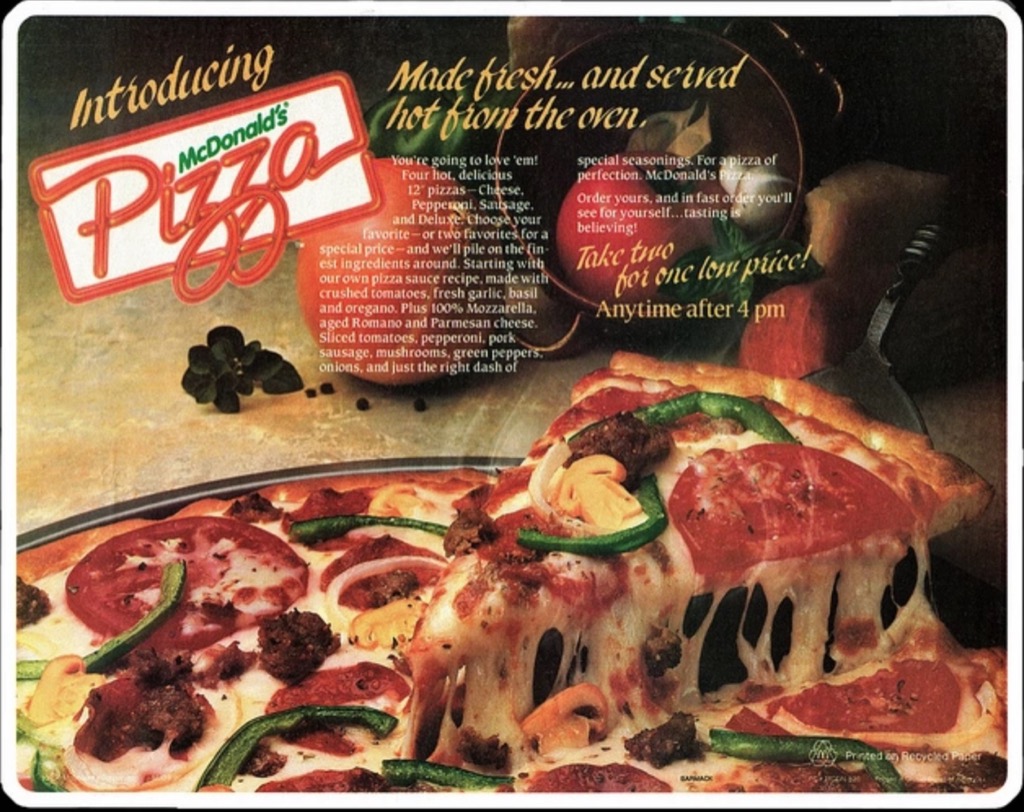
When McDonald’s decided to launch its own pizza in 1986, the news was met with some serious backlash. In fact, in an interview with the New York Times, Jack Levy, president of Levy & Associates, the advertising firm responsible for Pizza Hut’s Midwest advertising, said that the introduction of McDonald’s pizza was likely to spark “a war.”
23
The ‘80s infomercial industry spawned massive windfalls.
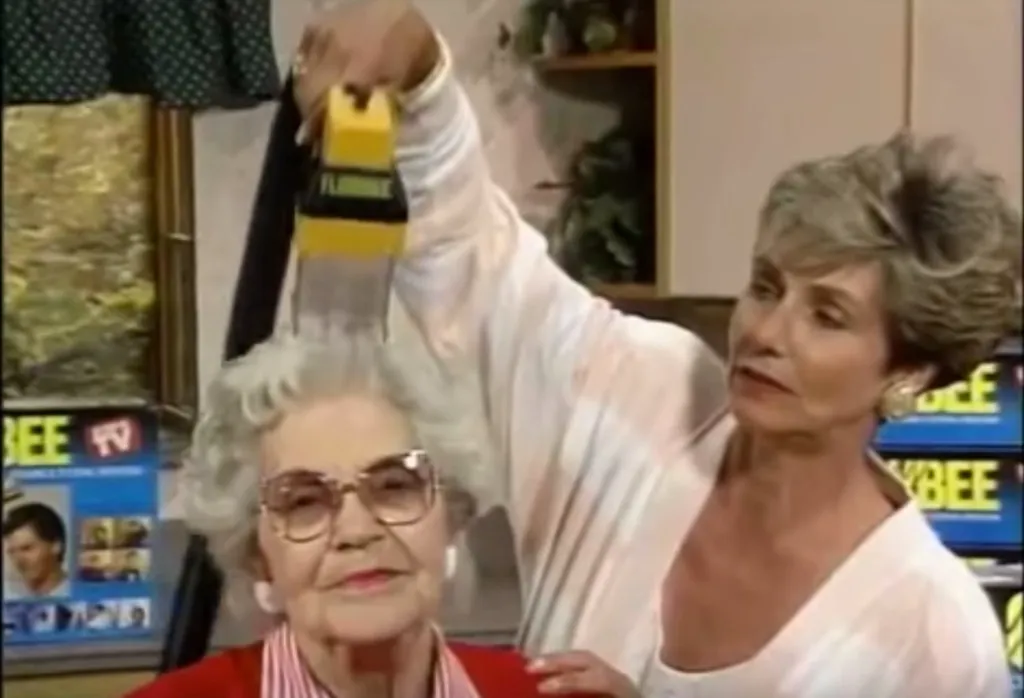
While the first infomercial was created in 1979, it wasn’t until the 1980s that the medium began to pick up steam. After FCC regulations on commercial content were lifted in 1981 and again in 1984, audiences saw the proliferation of the infomercial format, with everything from psychic hotlines to the Flowbee getting its time in the spotlight. And the medium is still going strong: infomercial products still rake in $250 billion a year—more than twice what the film and TV industry generates in salaries, according to the MPAA.
24
The Garbage Pail Kids movie has a zero percent score on Rotten Tomatoes.

The popular toys, banned at countless schools in the 1980s for their gross depictions of children doing dangerous, mean-spirited, and generally disgusting things, got to shine on the big screen in 1987, when the concept was turned into a feature film. Unfortunately, the movie never became as popular as the cards were, and it still has a zero percent score on Rotten Tomatoes today.
25
The Rubik’s cube was originally called the Hungarian Magic Cube.

When it first hit the market in 1977, the popular toy was dubbed the Hungarian Magic Cube. Hoping for something catchier, however, the name was changed to Rubik’s Cube in 1980—and it managed to sell 390 million cubes over the next 29 years.
26
Most ’80s news programs were filmed on BetaMax.
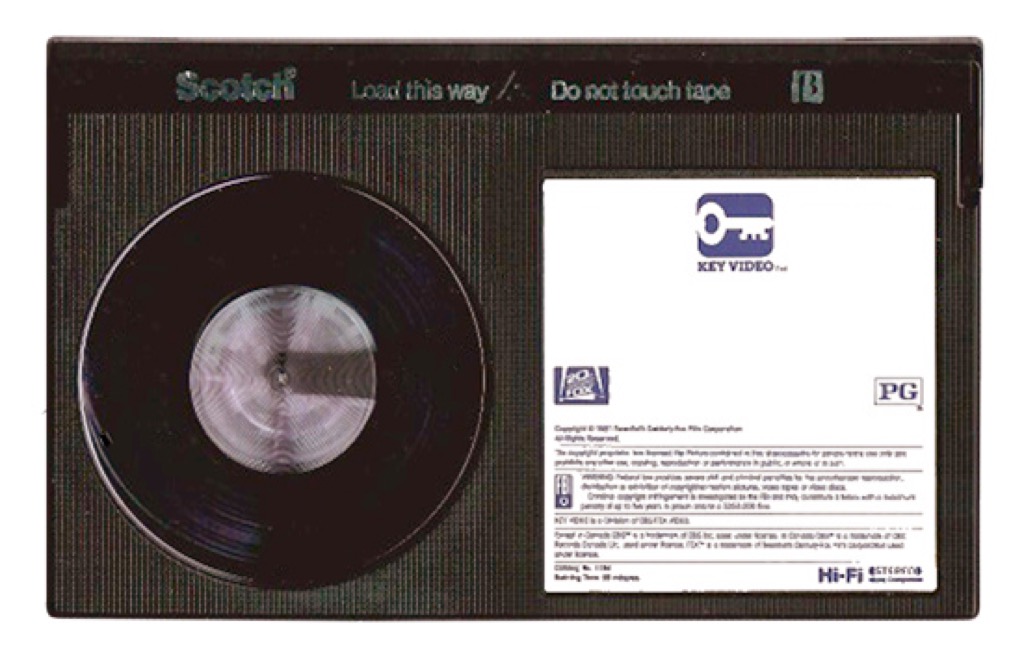
While BetaMax technology is almost entirely obsolete today, when it was first introduced in 1982, Sony intended it to be primarily used for capturing the news. However, the surprising popularity of the medium dictated its expansion to the consumer market by 1983.
27
Weird Al turned down $5 million for a 1980s beer commercial.
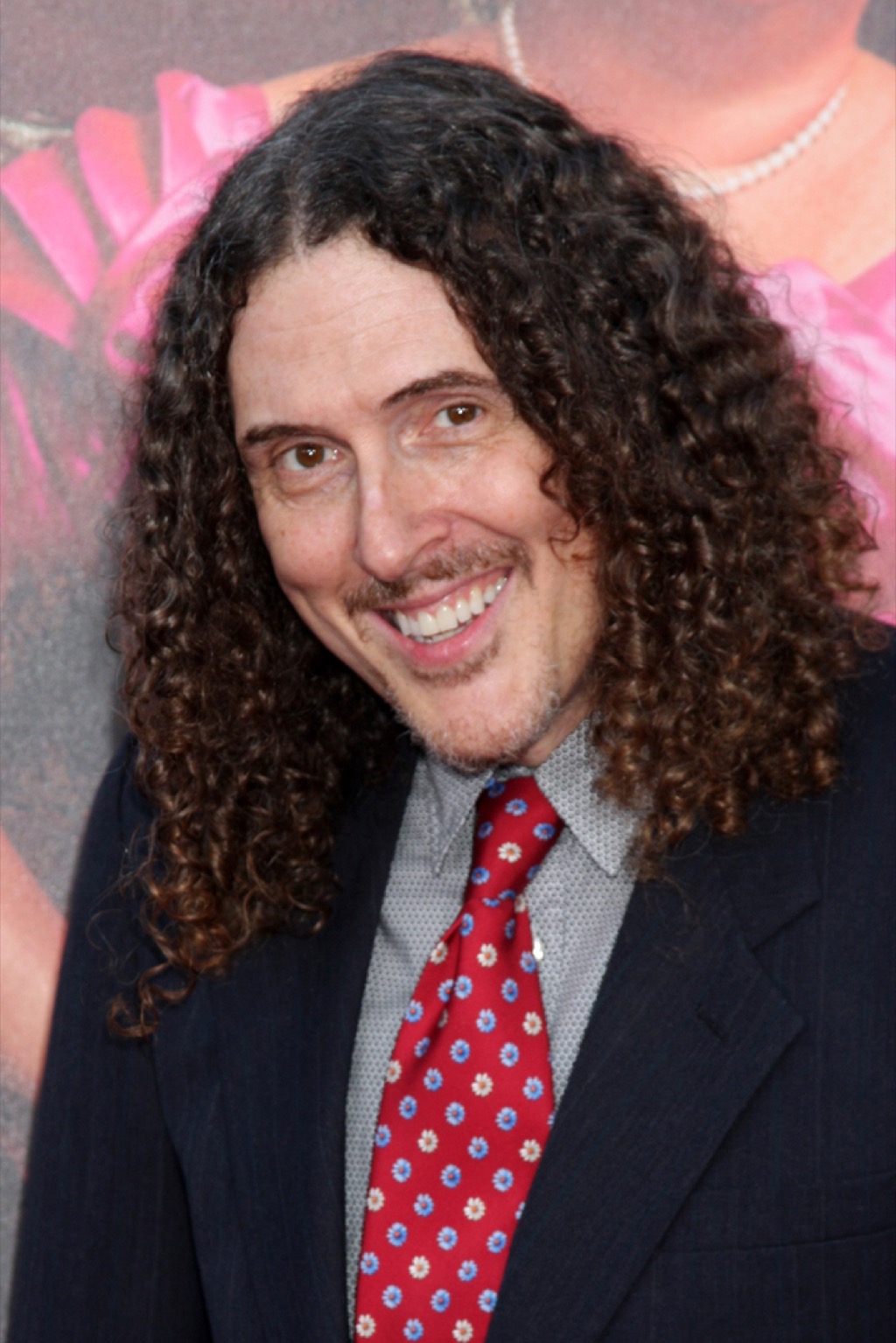
Master parody-maker Weird Al Yankovic told MOJO Magazine in 2011 that he walked away from an offer of $5 million to be the spokesman for a beer company in the 1980s. His reasoning? He didn’t want his young fans to associate him with questionable decisions.
28
Ronald Reagan made headlines for misquoting John Adams.
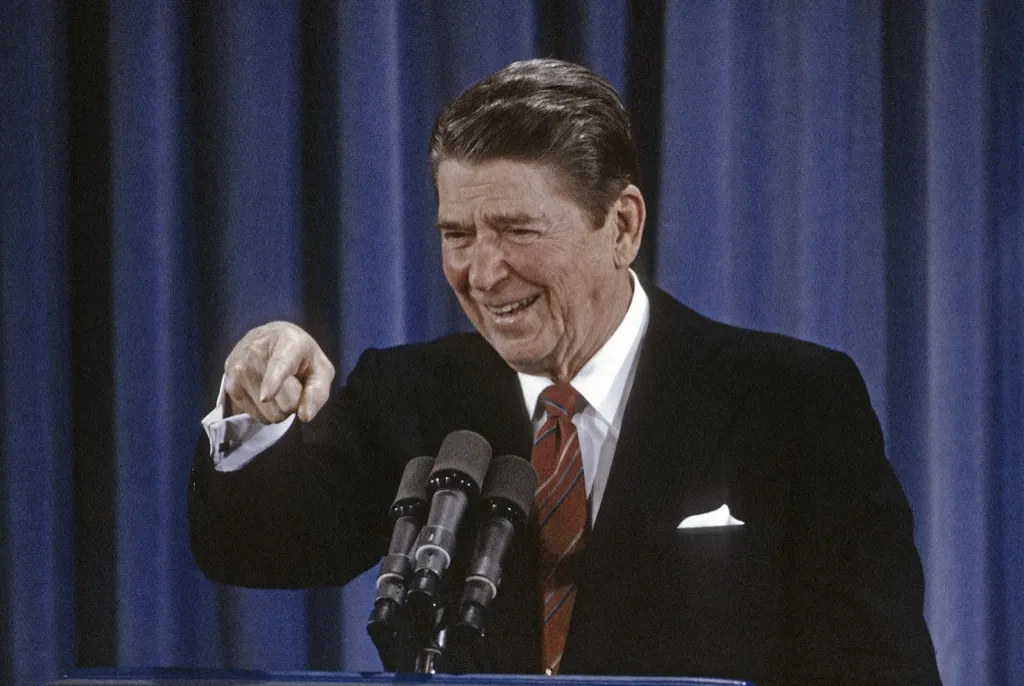
While we’ve heard some outrageous things from presidents in recent years, a simple misquotation landed Ronald Reagan some serious derision in 1988. At that year’s Republican National Convention, the then-president misquoted John Adams, saying “Facts are stupid things” rather than the real quote: “Facts are stubborn things.”
29
The Fresh Prince‘s Uncle Phil voiced Shredder in Teenage Mutant Ninja Turtles.
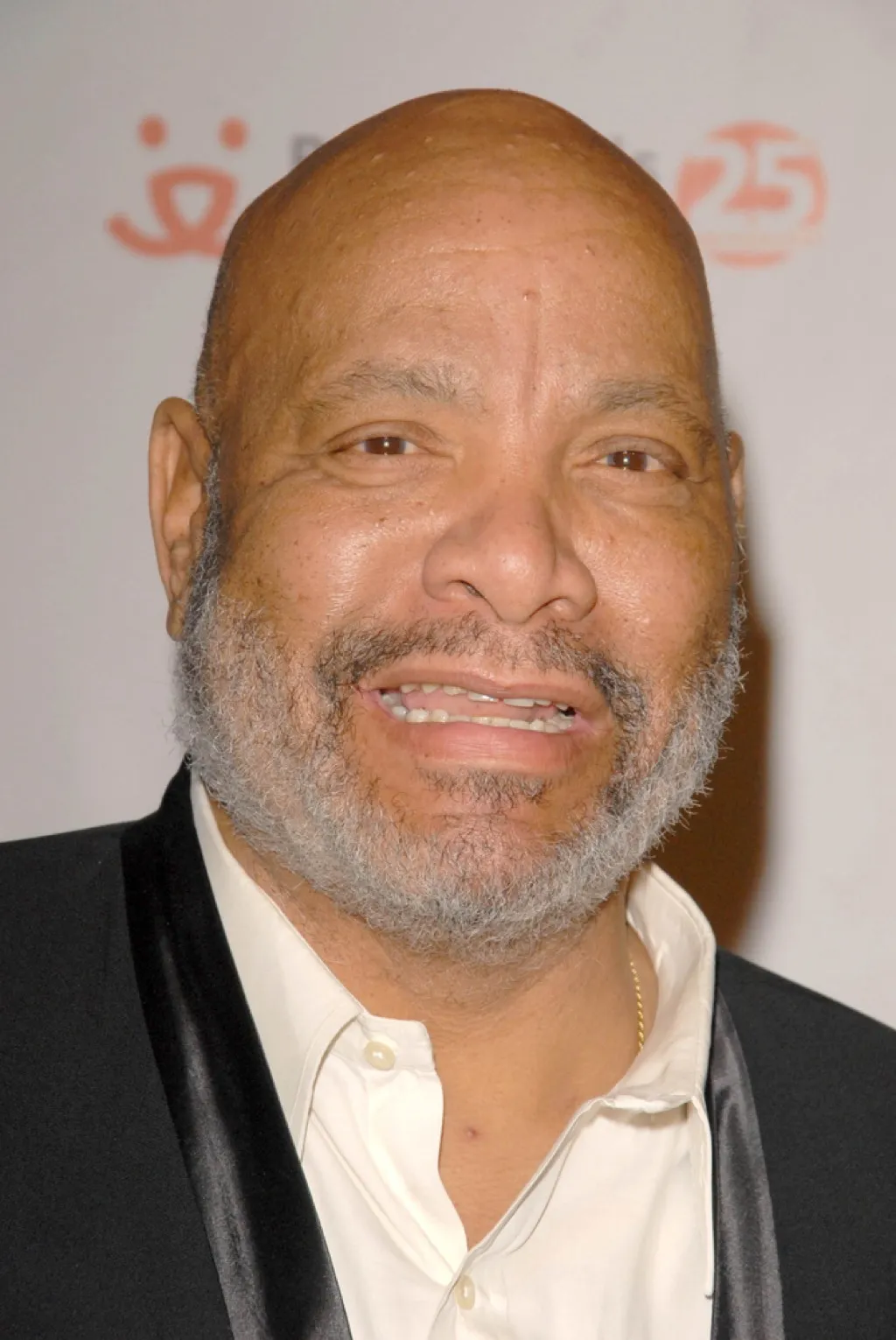
That’s right: actor James Avery, best known for playing Uncle Phil in The Fresh Prince of Bel-Air, was also the voice of Shredder on the Teenage Mutant Ninja Turtles show. It wasn’t a short-lived gig for the actor, either: Avery voiced the villain from the show’s inception in 1987 through its seventh season.
30
Jane Fonda’s iconic leotard was sold for thousands.
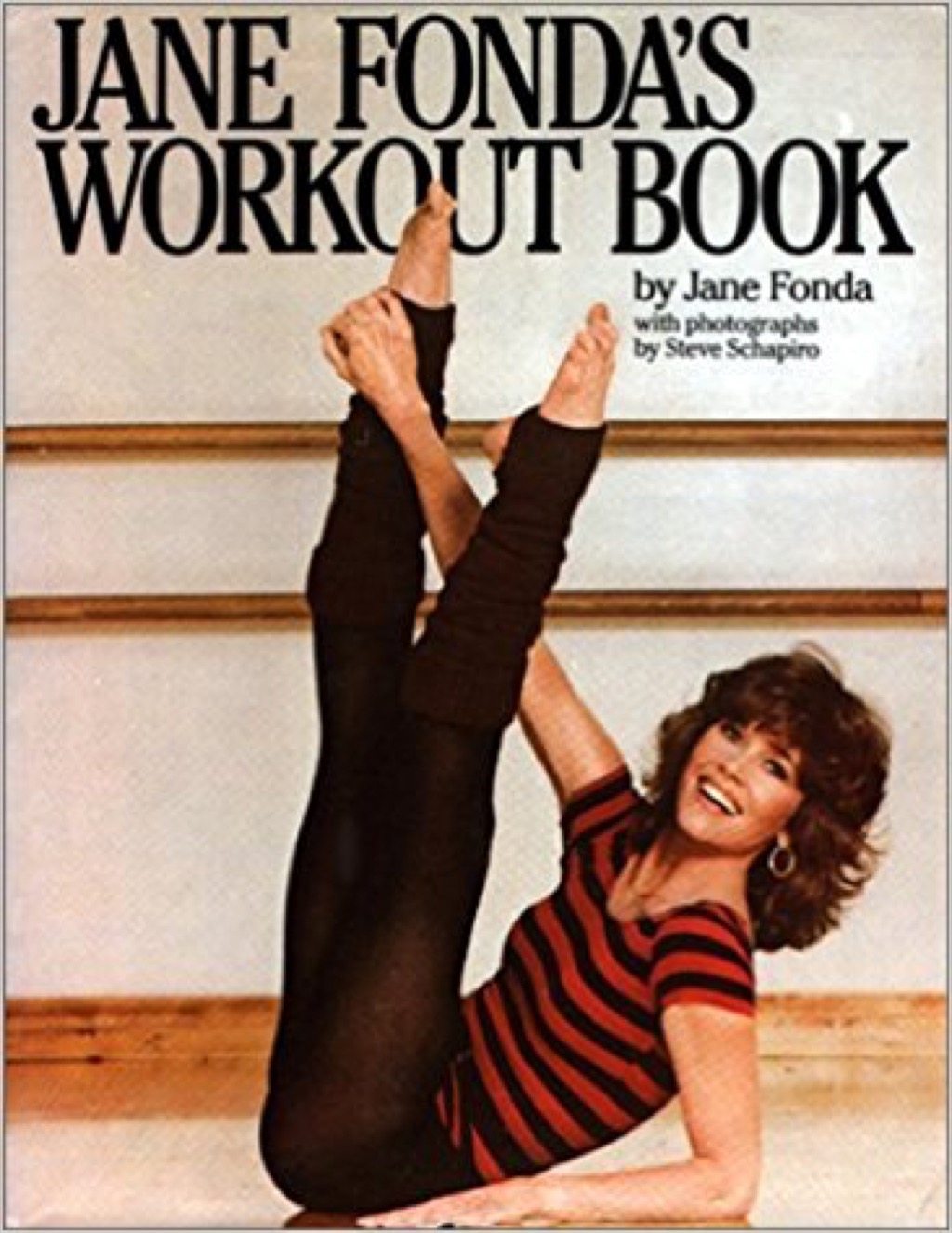
The famous red-and-black leotard the fitness-star-cum-actress wore on the cover of the 1981’s Jane Fonda’s Workout Book was auctioned off in 2016, with estimates for the sale ranging between $1,000 and $2,000.